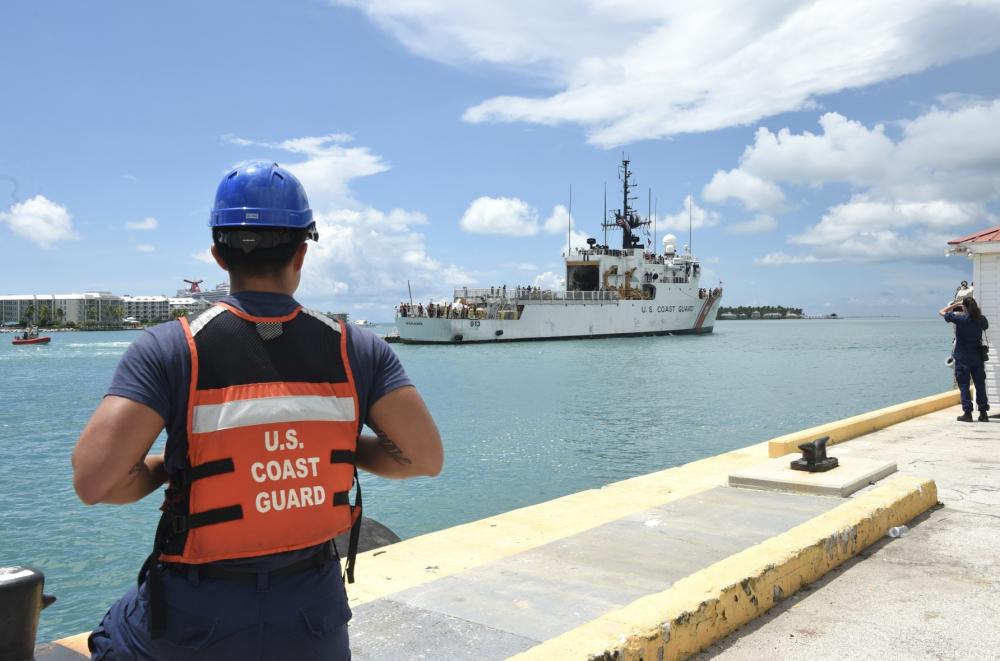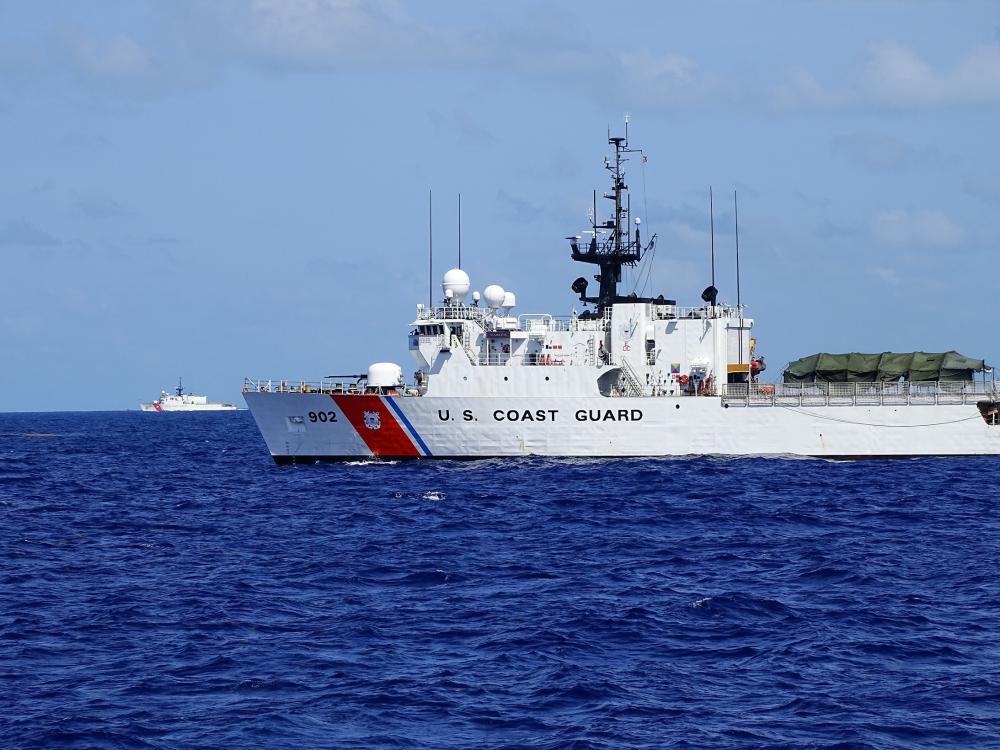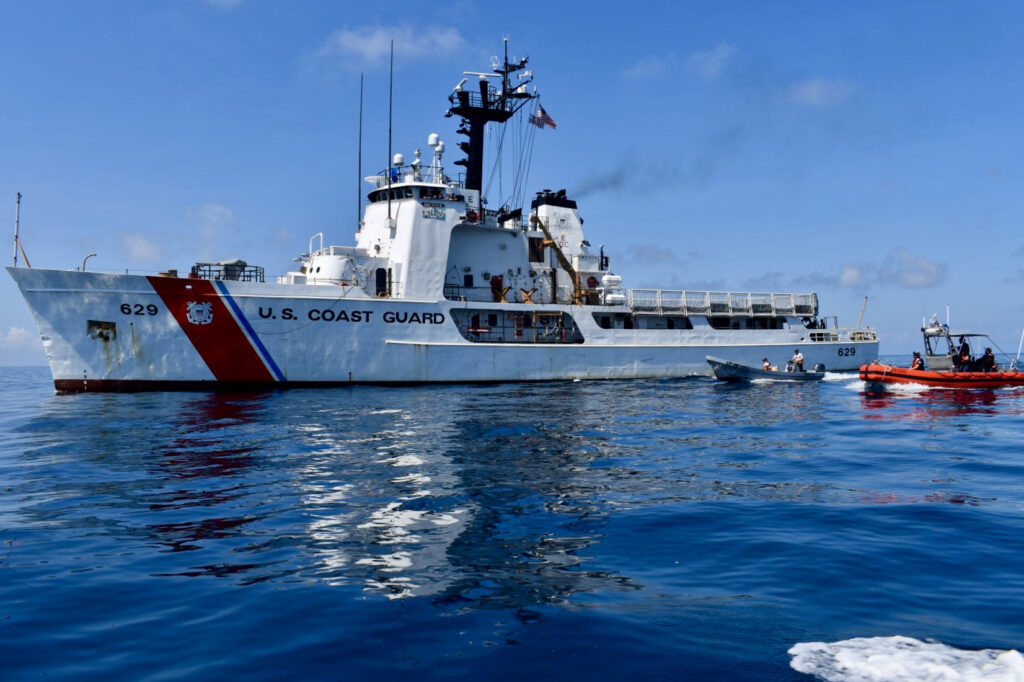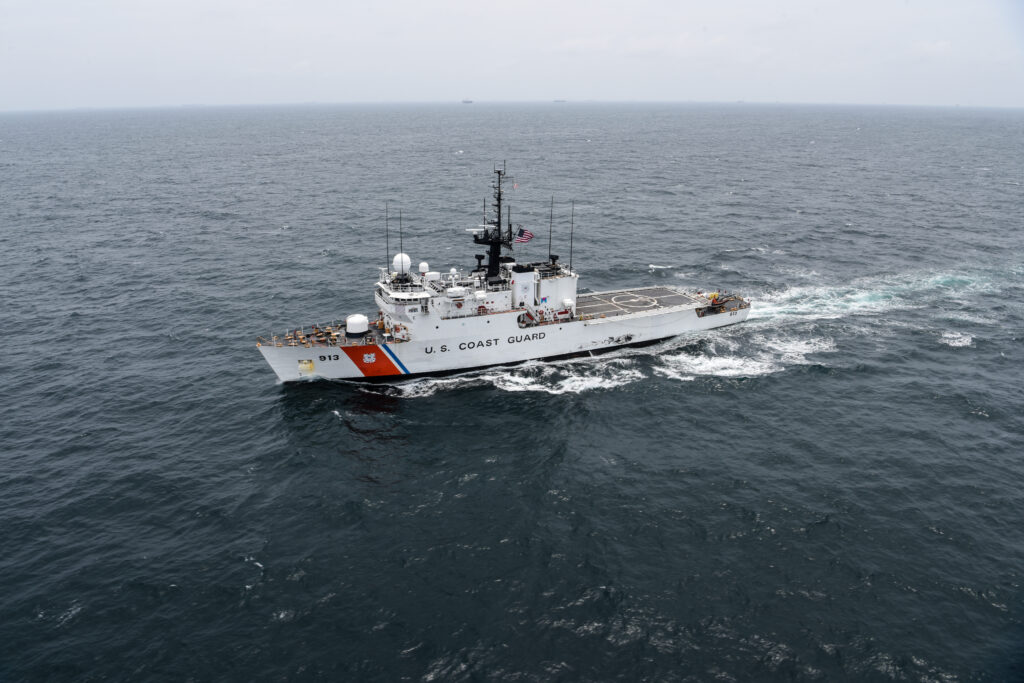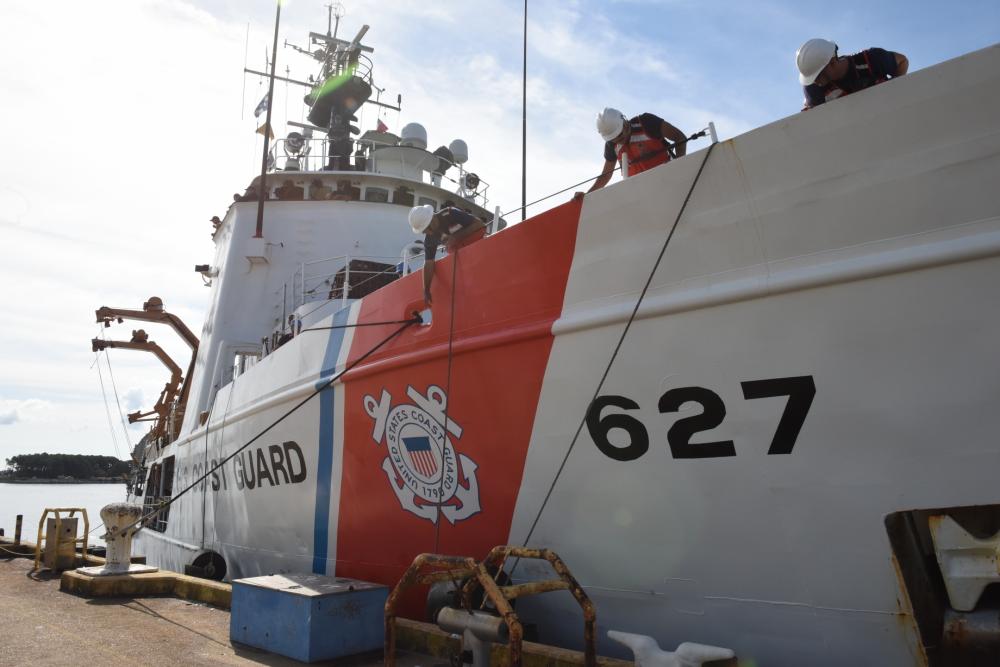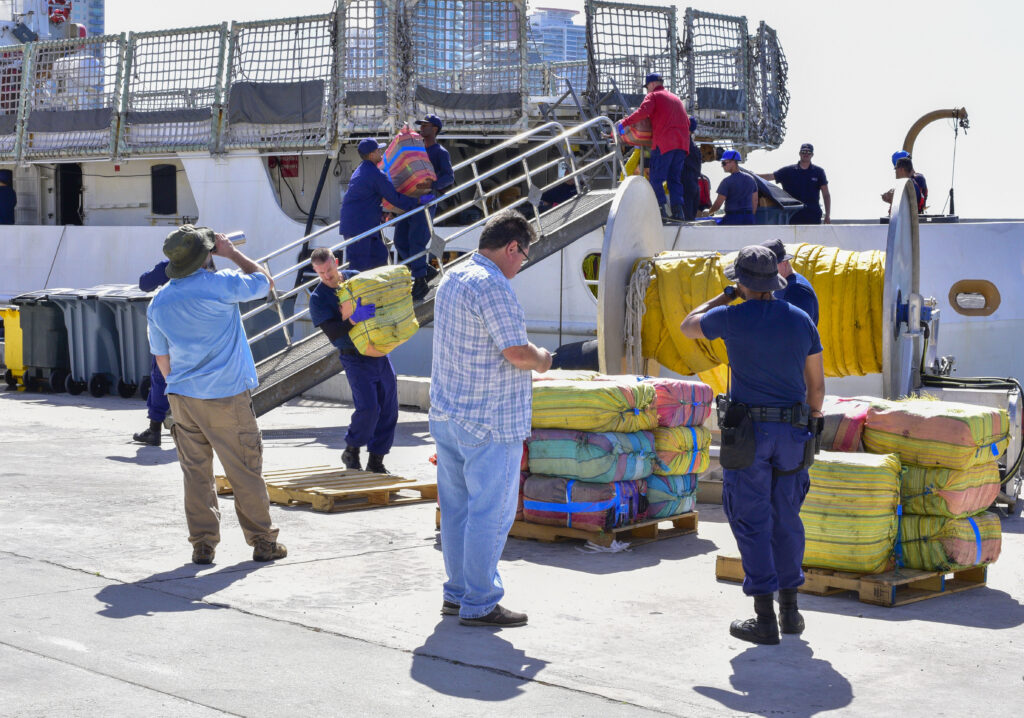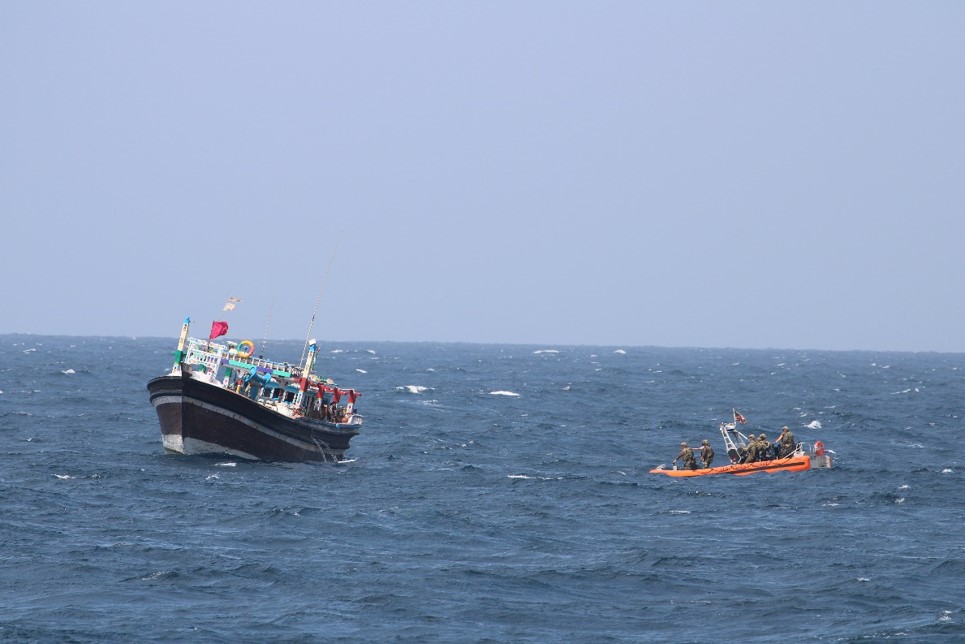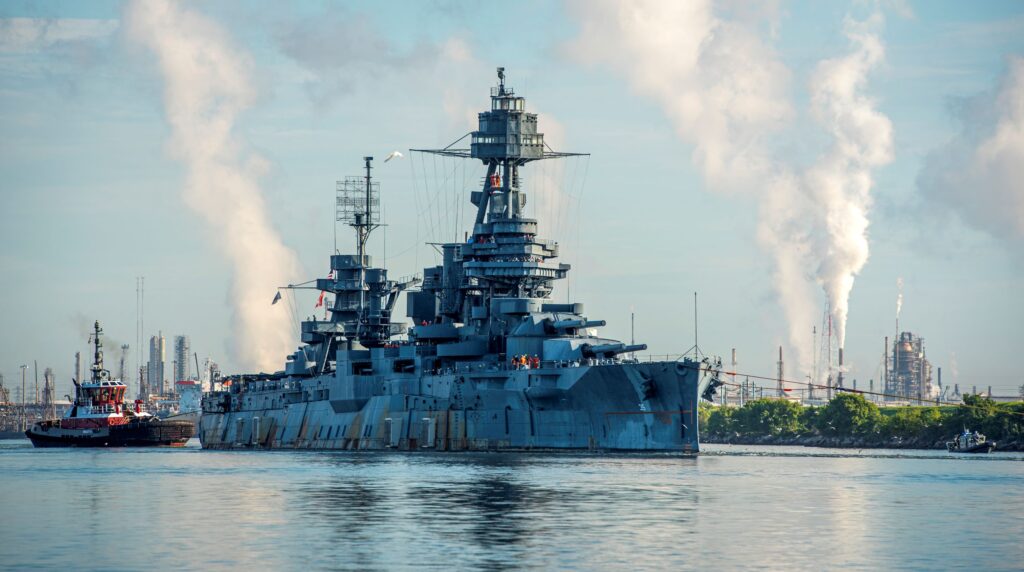USCGC Oliver Henry Concludes Operation Blue Pacific Expeditionary Patrol

SANTA RITA, Guam — The Sentinel-class fast response cutter USCGC Oliver Henry (WPC 1140) arrived at homeport in Guam on Sept. 19, following a patrol across Oceania, U.S. Coast Guard Forces Micronesia said in a release.
“The crew of Oliver Henry just completed a 43-day historic patrol across Oceania, where we patrolled and visited ports in the Federated States of Micronesia, Papua New Guinea and Australia. We also patrolled the exclusive economic zones of those countries and Solomon Islands during our time,” said Lt. Freddy Hofschneider, commanding officer of Oliver Henry. “Our trip was significant in that we validated the capability of the fast response cutters homeported here in Apra Harbor, Guam, showing what we can do to promote regional stability in terms of fisheries and continue to build a better relationship with our regional partners.
The crew conducted training, fisheries observations, community and key leader engagements and a multilateral sail. They covered more than 16,000 nautical miles from Guam to Cairns, Queensland, Australia, and returned with several stops in Papua New Guinea and one in the Federated States of Micronesia.
“The fact that we can take these 154-foot ships with a crew of 25 and a lieutenant commanding officer and push them so far over the horizon, even as far as Australia — which is what Oliver Henry just did — is an incredible capability for the region,” said Capt. Nick Simmons, commander of U.S. Coast Guard Forces Micronesia/Sector Guam.
In Papua New Guinea, the crew spent time on Manus Island and Port Moresby. They visited HMPNGS Tarangau School, spent time in the community, and engaged with Papua New Guinea Defence Force and local officials.
In Cairns, they conducted engagements with Australian Defence and Home Affairs partners, the mayor of Cairns, and Cairns Regional Council representatives. They also took time to engage with the International Marine College. Upon departure, they participated in a multilateral formation sail with crews from Australia and Fiji as the other ships departed for Exercise Kakadu off Darwin.
During their stop in Pohnpei, Oliver Henry’s crew hosted the U.S. Embassy team and an FSM National Oceanic Resource Management Authority – Fisheries Compliance Division representative to cover patrol highlights and future opportunities. The Oliver Henry commanding officer visited the FSM National Police Maritime Wing headquarters to discuss multilateral efforts. Finally, members of the cutter’s engineering team conducted a subject matter expert exchange with the crew of FSS Palikir, the last active Pacific-class patrol boat, on shipboard repairs and preventative maintenance.
The Oliver Henry is the 40th Sentinel-class fast response cutter. The ship was commissioned along with its sister ships, Myrtle Hazard (WPC 1139) and Frederick Hatch (1143), in Guam in July 2021.

